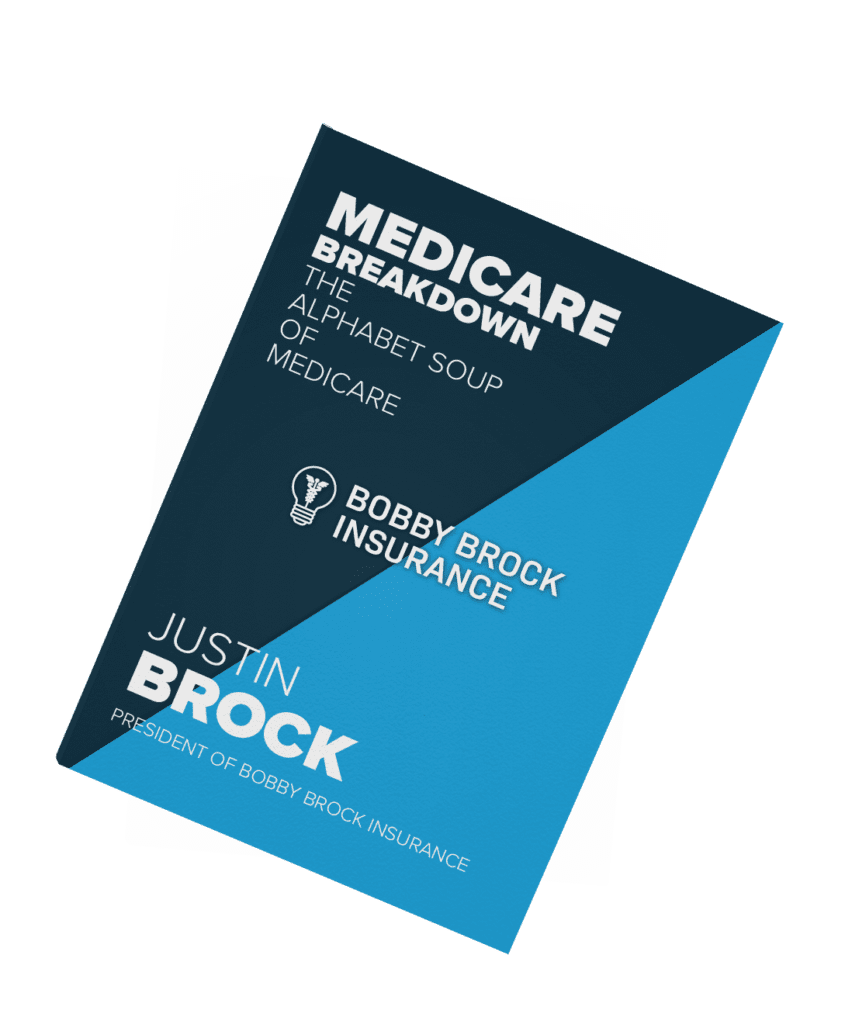Medicare is available to people age 65 or above, end-stage renal disease, or certain disabilities. The coverage is divided into four parts: Parts A, B, C, and D. Original Medicare is managed by the federal government and includes Part A (Hospital Insurance) and Part B (Medical Insurance). Part D, which covers outpatient prescription drugs, can be added to Parts A and B. Part D plans, called stand-alone PDPs, are available through approved private insurers. They include additional costs (monthly premiums, copays, etc.) and pricing is largely dependent on the prescribed drugs and type of plan.
Part C (Medicare Advantage) is an alternative option to stand-alone Part D coverage. A Medicare Advantage (MA) plan can include hospital, medical, and prescription drug coverage. An individual still enrolls in Parts A and B but also purchases a MA plan with a private insurer, which bundles everything into one comprehensive plan. MA plans may include additional benefits such as vision and dental coverage. However, MA plans also have restrictions; the type of plan selected determines what coverage limits and what providers are available to use. Three common MA plans are:
1. Health Maintenance Organizations (HMOs) – usually limit their coverage to only include providers within their network, except during an emergency. These plans have a focus on prevention and wellness.
2. Preferred Provider Organizations (PPOs) – care received from providers within the network costs less than care from outside providers. A policyholder can pay to see specialists without a referral.
3. Private Fee-for-Service (PFFS) – before receiving care, doctors must agree to the terms of the plan.
What Drugs are Covered? And what are the costs?
Not all drugs are covered by Part C or D. The plans cover different combinations of drugs. It is therefore important to check the formulary, the list of prescription drugs covered by the plan. Most formularies will include two common drugs per drug category. Both brand name and generic drugs are included in formularies.
Some plans have also organized drugs into tiers based on cost. Generally, a lower tier drug will cost less than an upper tier drug. The lowest tier (tier 1) will likely be generic prescription drugs; tier 2 would be common brand name drugs; and tier 3 would be uncommon brand name drugs. Each tier has a progressively higher copayment, the amount paid to fill a prescription.
A premium is the monthly payment required to keep an insurance policy. Plans with low monthly premiums are great for people who don’t have high drug costs, given that what drugs they do take are on the formulary. Maintaining a policy with a low premium will minimize costs and avoid any penalties for late enrollment.
Every insurance plan also has a deductible, the amount that must be paid before the drug coverage plan begins to pay for costs. Deductibles vary by plan. After the deductible is met, the cost of refilling a prescription is lower.
Get Help Choosing the Right Plan
Choosing the right plan to cover prescription drugs can be difficult. An insurance broker will help consumers navigate the costs and benefits of the various insurance options. They will find a plan that best fits your prescription drug and health needs. By using a broker, you will have a dedicated agent of record that will be authorized to provide future service with your plan. And all services of an insurance broker are free of charge to the consumer.
Bobby Brock Insurance is a leading national insurance brokerage agency with roots dating back to 1992. Our team of experienced insurance brokers are trained to help individuals with life and health insurance plans and annuities from highly rated companies throughout the country. Our brokers are available to help by phone, online, or email. Applications are completed electronically so you never have to leave the safety and comfort of your home, and there is never any fee or charge for our service.
You can call 662-844-3300 or visit bobbybrockinsurance.com for answers to all your questions. If you prefer to email, please email Justin Brock at justin@msgap.net.
Download the Estimated Costs Table
The attached PDF table simulates a formulary; it approximates the cost of refilling individual prescriptions. Both brand name and generic drugs, organized by type, are shown for prevalent chronic conditions in the United States. The corresponding cost of refilling a prescription for that drug (after meeting the deductible) is shown for the cheapest PDP and MA plans. The retail cost, without medical insurance, is also included. You can use the table to compare the savings from PDP and MA plans.
The estimated drug costs are from Medicare.gov and based on prescriptions for the daily recommended dosage, refilled every 30 days at a Walmart pharmacy in the 38801 zip code. If a generic drug version was not covered, then a brand name was used to estimate the cost (indicated by a ^). Some drugs are included more than once because they are used to treat multiple conditions. If someone takes more than one prescription drug, they can approximate their total costs by adding the drug together. However, they need to make sure their actual plan covers their combination of drugs before purchasing.
Related Blog Posts
-
Maintaining Annual Drug Costs Drug plans are not one size fits all and everyone’s specific needs should be addressed accordingly. Everyone…
-
Methotrexate is a medication commonly prescribed for various medical conditions, including rheumatoid arthritis, psoriasis, and certain types of cancer. This…













